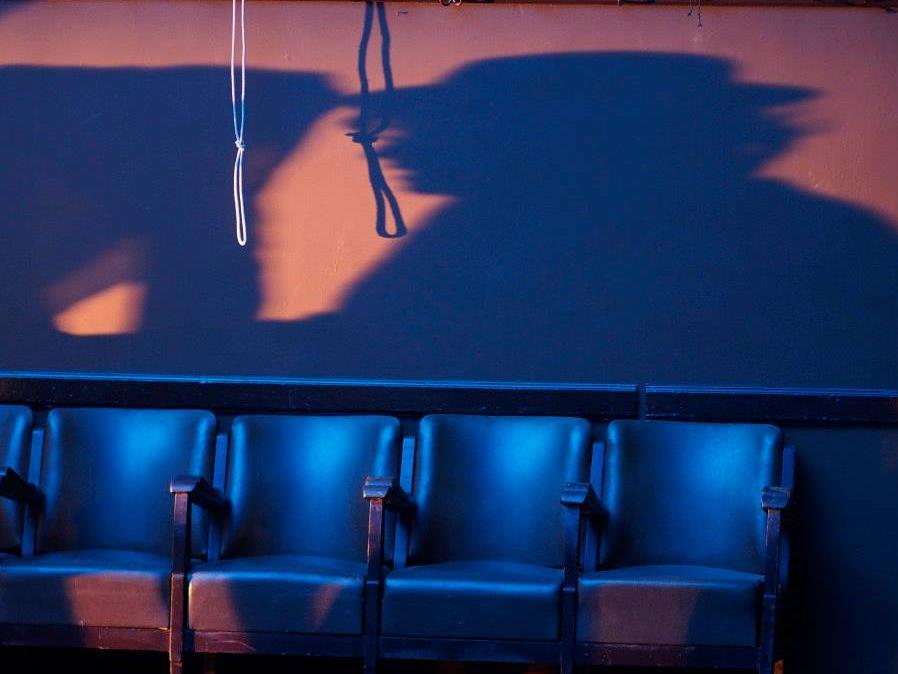Photo: Tony Kearney for Vitalstatistix
This weekend Vitalstatistix will play host to 40 artists from around the country, developing nine new experimental works across performance, sound, socially-engaged practice and more. Partly funded through the Australia Council’s Emerging and Experimental Arts project category and the Theatre section’s Program Presenter initiative, Adhocracy (along with similar lab/development platforms around the country) sees a very small amount of government funding go a long way.
This is mainly because independent artists are very adept at working with big ideas and little resources, stretching small grants and fees as far as possible. As a small organisation, Vitals offers as much financial and in-kind support as we can to participating artists, but Adhocracy is hardly a well-resourced event.
These types of funds can also go a long way because they are set up with this objective – for instance the Program Presenter initiative has provided a diverse range of mostly small organisations with a pool of funds that are mandated to go towards fees for artists only. This devolved funding model has seeded many new performance works, and perhaps seen artists who may otherwise not have accessed Australia Council funding do so, through their relationships with producing and presenting organisations in their own metropolitan and regional cities.
The Australia Council is set to announce its new grants system, alongside its five-year strategic plan, later this year. Some of the mooted changes could sound promising for artists, such as a simplified application process, broader categories and criteria, a portal for individuals separate from organisations and cradle-to-grave funding for projects. We wait with bated breath.
However, this much is perfectly clear: it is independent artists and small organisations that are most at risk following the cuts to the federal arts budget. The cuts are to uncommitted funding over the next four years, which means they will affect artists and organisations not currently in funding agreements. Moreover, Australia Council CEO Tony Grybowski has forecast “fewer and smaller” grants to individual artists and reduced funding to small arts organisations.
In an environment where these areas already represent a very small proportion of overall Australia Council expenditure, reduced grants will no doubt be a blow to funded creative development opportunities. They effectively mean cuts to new art, risk, experimentation, development time and space that is so essential to making new work, and, ultimately, to sustainability for independents (read: income for artists). New work made in Australia is generally already subsidised, certainly in development stages, by unpaid or poorly paid artists.
It’s a double blow, potentially, for independent artists, as cuts to small organisations and festivals could see a reduction in residencies, producing partnerships, development programs, platforms for showing experimental art or work-in-development and other initiatives that get much of the most exciting work being made around the country, off the ground.
Meanwhile Australian Major Performing Arts Group companies have been protected from the federal cuts, “hermetically sealed” by Arts Minister George Brandis, as David Pledger put it in his call for the majors to play their part in redressing sector inequity generally and the budget blow specifically, in The Conversation last week. Pledger draws attention to the broader position of independents, and these issues of course go well beyond the various funding and development programs available.
As a sector we need to continue to make the arguments as to why residencies, development programs, creative development grants, labs and hothouses should be supported and expanded. This is not only an issue federally but within state arts departments where the slice of the pie for independent artists and the willingness of assessment panels to fund risk and development, seems to reduce each year (in fact more so than what has been seen through the Australia Council in recent times). With the fallout of the 2014 Federal Budget about to be seen in state budgets, such as South Australia’s on June 19, there is only more bad news to come, I suspect.
Creative development programs and events give artists resources and a supportive environment to experiment with the ideas and form of new art. They often enable artists to test out new collaborations, and they connect peers from across the country. Those that include an element of ‘showing’ increase the breadth of audience experiences and build a community-of-interest around a new work as it develops, which can lead to further opportunities. These programs contribute to a culture focused on makers and their studio practices. Development programs around the country are fantastic in their diversity too – giving artists different ways in, some focused on emerging artists, some on live art or experimental work, some focused on developing new theatre productions. They bring artists to different locations, regional and metropolitan, around the nation.
And let’s face it; they often seed works that bring a more radical lens to important contemporary themes, and to art and performance worlds themselves. As Pledger states, there needs to be “a larger pool of discrete money for independent artists and their activities”, and this certainly includes not just grants for the presentation of work, but opportunities to critically explore, investigate, experiment, perhaps even fail, and make new Australian art and culture with time, space and real resources.





